Details of the Target
General Information of Target
| Target ID | LDTP11634 | |||||
|---|---|---|---|---|---|---|
| Target Name | Derlin-2 (DERL2) | |||||
| Gene Name | DERL2 | |||||
| Gene ID | 51009 | |||||
| Synonyms |
DER2; FLANA; Derlin-2; Degradation in endoplasmic reticulum protein 2; DERtrin-2; Der1-like protein 2; F-LAN-1; F-LANa |
|||||
| 3D Structure | ||||||
| Sequence |
MHRLIFVYTLICANFCSCRDTSATPQSASIKALRNANLRRDESNHLTDLYRRDETIQVKG
NGYVQSPRFPNSYPRNLLLTWRLHSQENTRIQLVFDNQFGLEEAENDICRYDFVEVEDIS ETSTIIRGRWCGHKEVPPRIKSRTNQIKITFKSDDYFVAKPGFKIYYSLLEDFQPAAASE TNWESVTSSISGVSYNSPSVTDPTLIADALDKKIAEFDTVEDLLKYFNPESWQEDLENMY LDTPRYRGRSYHDRKSKVDLDRLNDDAKRYSCTPRNYSVNIREELKLANVVFFPRCLLVQ RCGGNCGCGTVNWRSCTCNSGKTVKKYHEVLQFEPGHIKRRGRAKTMALVDIQLDHHERC DCICSSRPPR |
|||||
| Target Bioclass |
Transporter and channel
|
|||||
| Family |
Derlin family
|
|||||
| Subcellular location |
Endoplasmic reticulum membrane
|
|||||
| Function |
Functional component of endoplasmic reticulum-associated degradation (ERAD) for misfolded lumenal glycoproteins, but not that of misfolded nonglycoproteins. May act by forming a channel that allows the retrotranslocation of misfolded glycoproteins into the cytosol where they are ubiquitinated and degraded by the proteasome. May mediate the interaction between VCP and misfolded glycoproteins. May also be involved in endoplasmic reticulum stress-induced pre-emptive quality control, a mechanism that selectively attenuates the translocation of newly synthesized proteins into the endoplasmic reticulum and reroutes them to the cytosol for proteasomal degradation.; (Microbial infection) In contrast to DERL1, it is not involved in the degradation of MHC class I heavy chains following infection by cytomegaloviruses.
|
|||||
| Uniprot ID | ||||||
| Ensemble ID | ||||||
| HGNC ID | ||||||
Probe(s) Labeling This Target
ABPP Probe
| Probe name | Structure | Binding Site(Ratio) | Interaction ID | Ref | |
|---|---|---|---|---|---|
|
TH211 Probe Info |
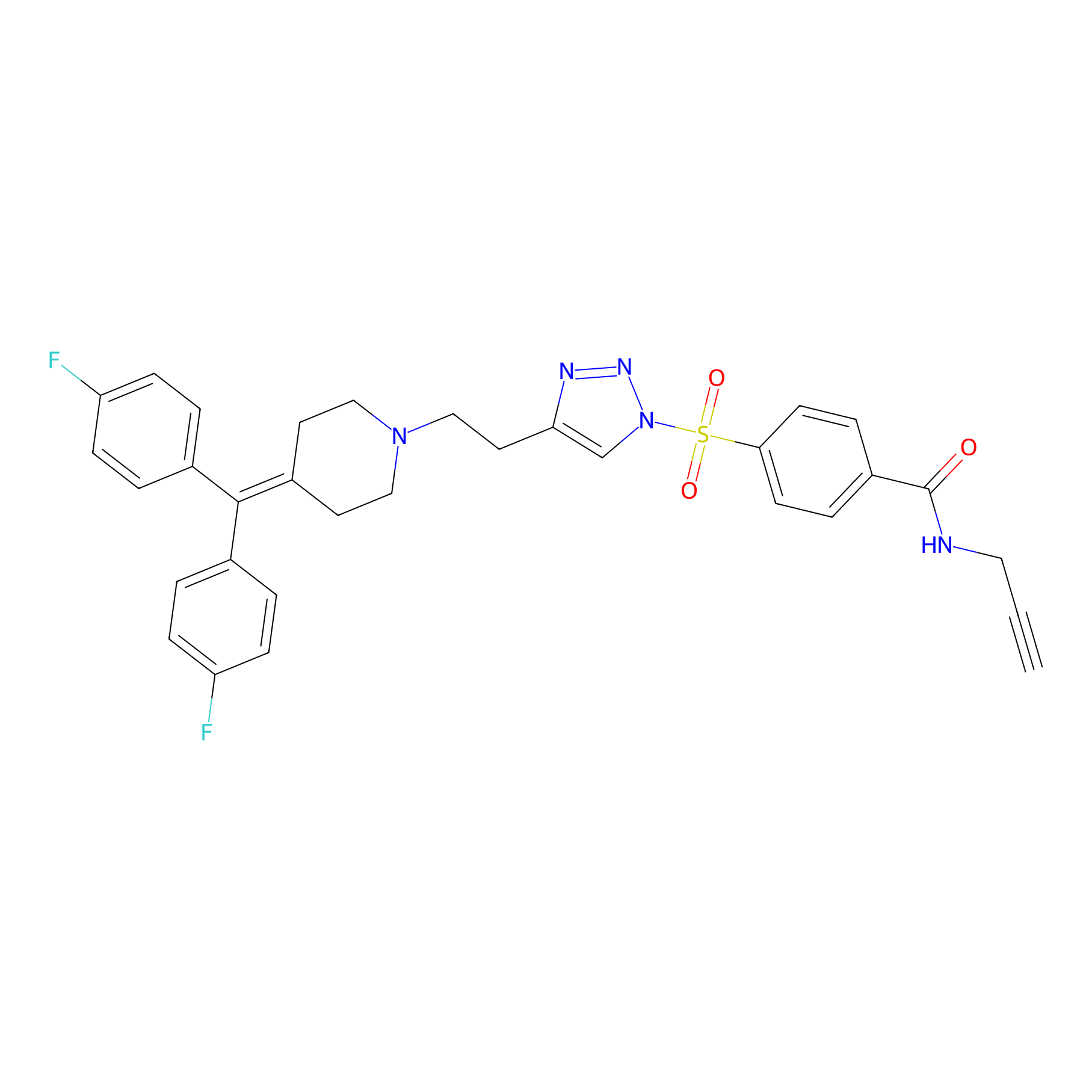 |
Y218(7.74) | LDD0260 | [1] | |
|
C-Sul Probe Info |
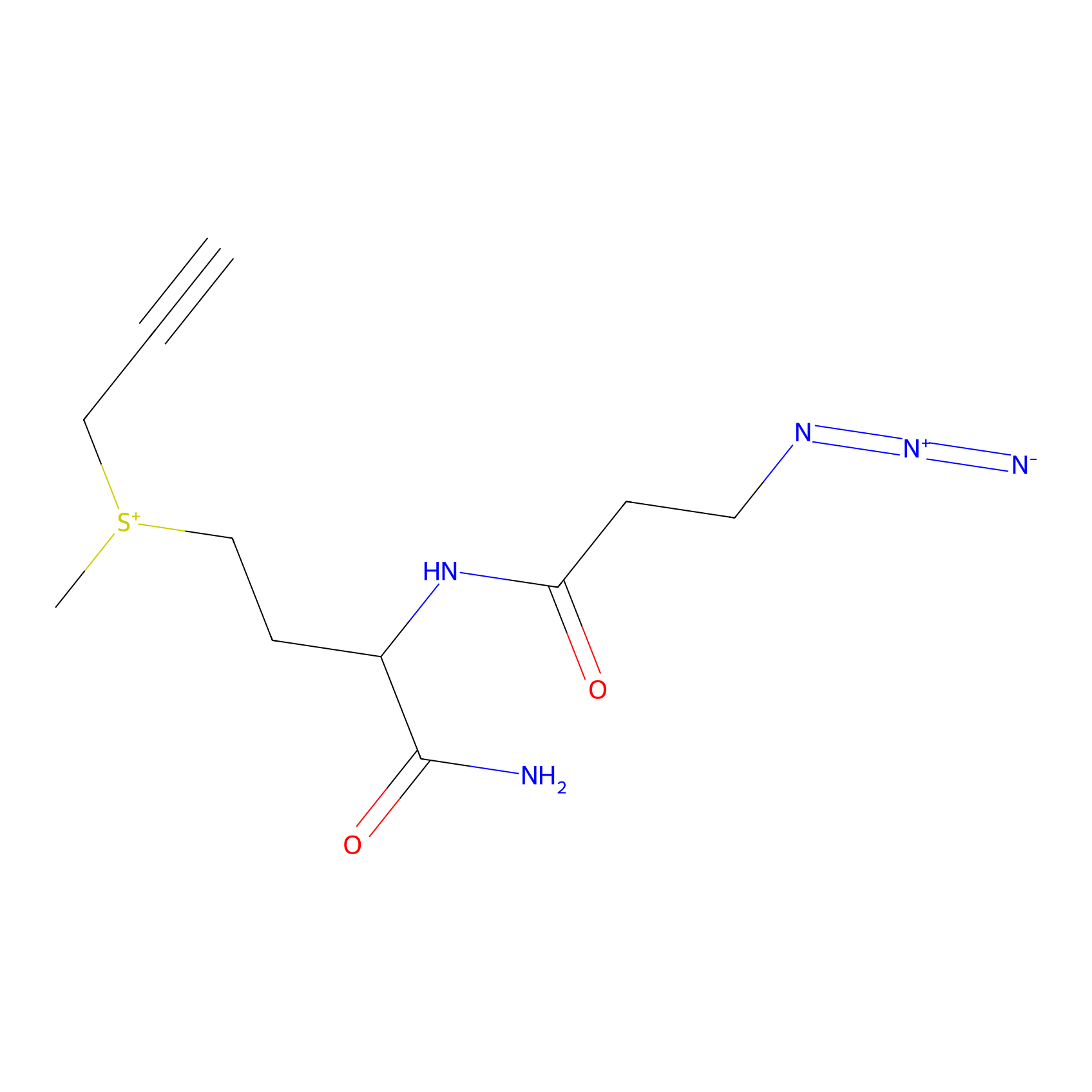 |
19.58 | LDD0066 | [2] | |
|
STPyne Probe Info |
 |
K200(6.25) | LDD0277 | [3] | |
|
AOyne Probe Info |
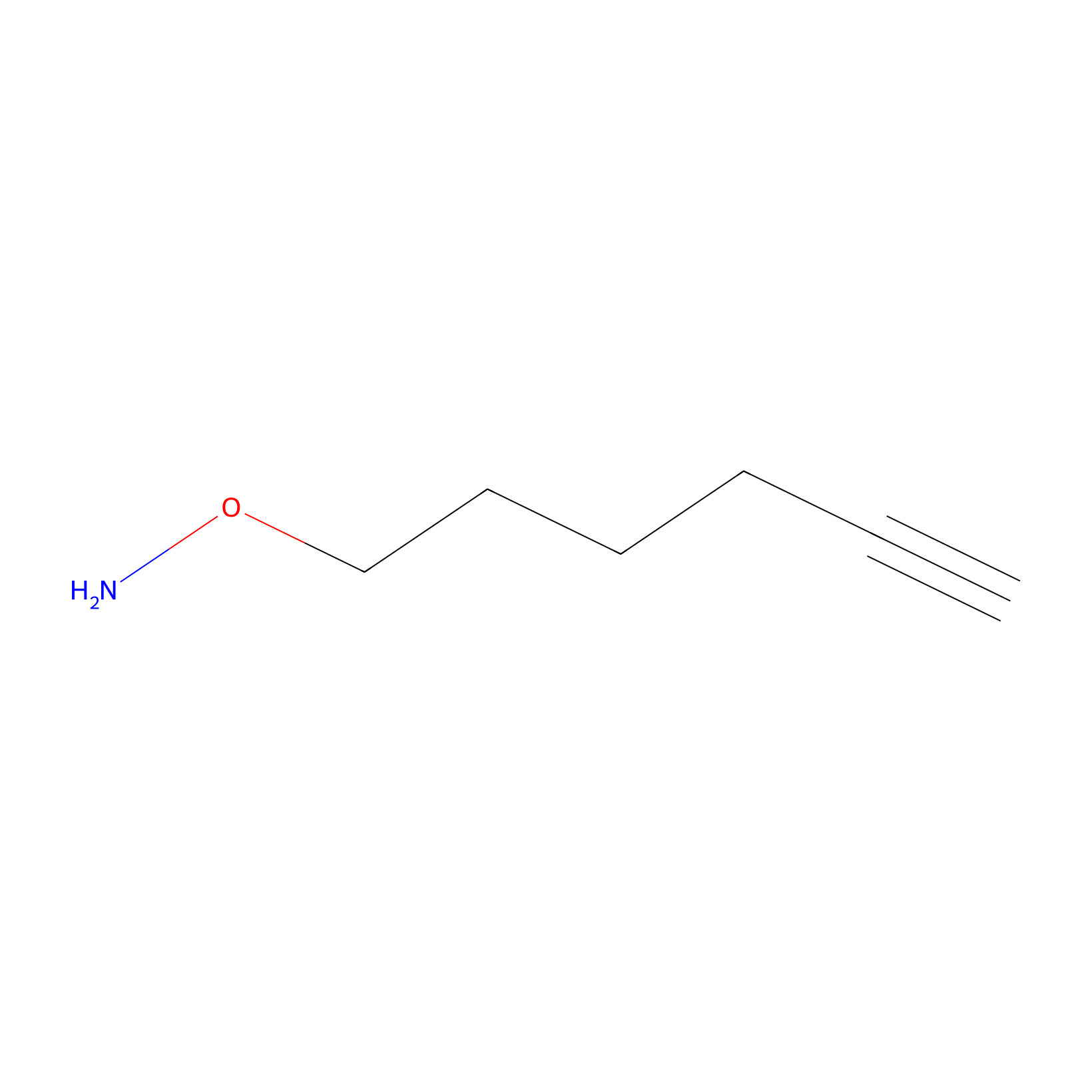 |
15.00 | LDD0443 | [4] | |
PAL-AfBPP Probe
| Probe name | Structure | Binding Site(Ratio) | Interaction ID | Ref | |
|---|---|---|---|---|---|
|
C091 Probe Info |
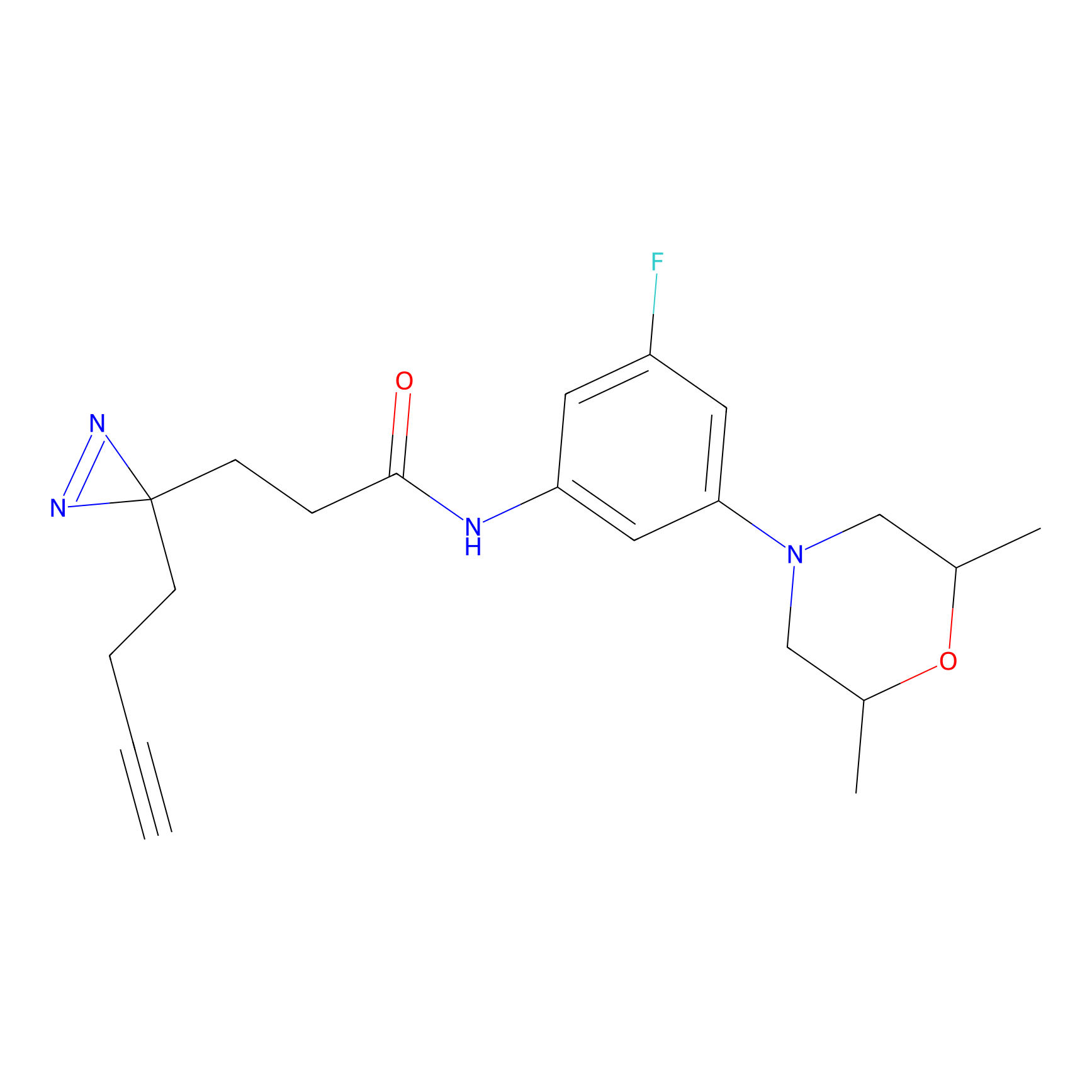 |
11.63 | LDD1782 | [5] | |
|
C092 Probe Info |
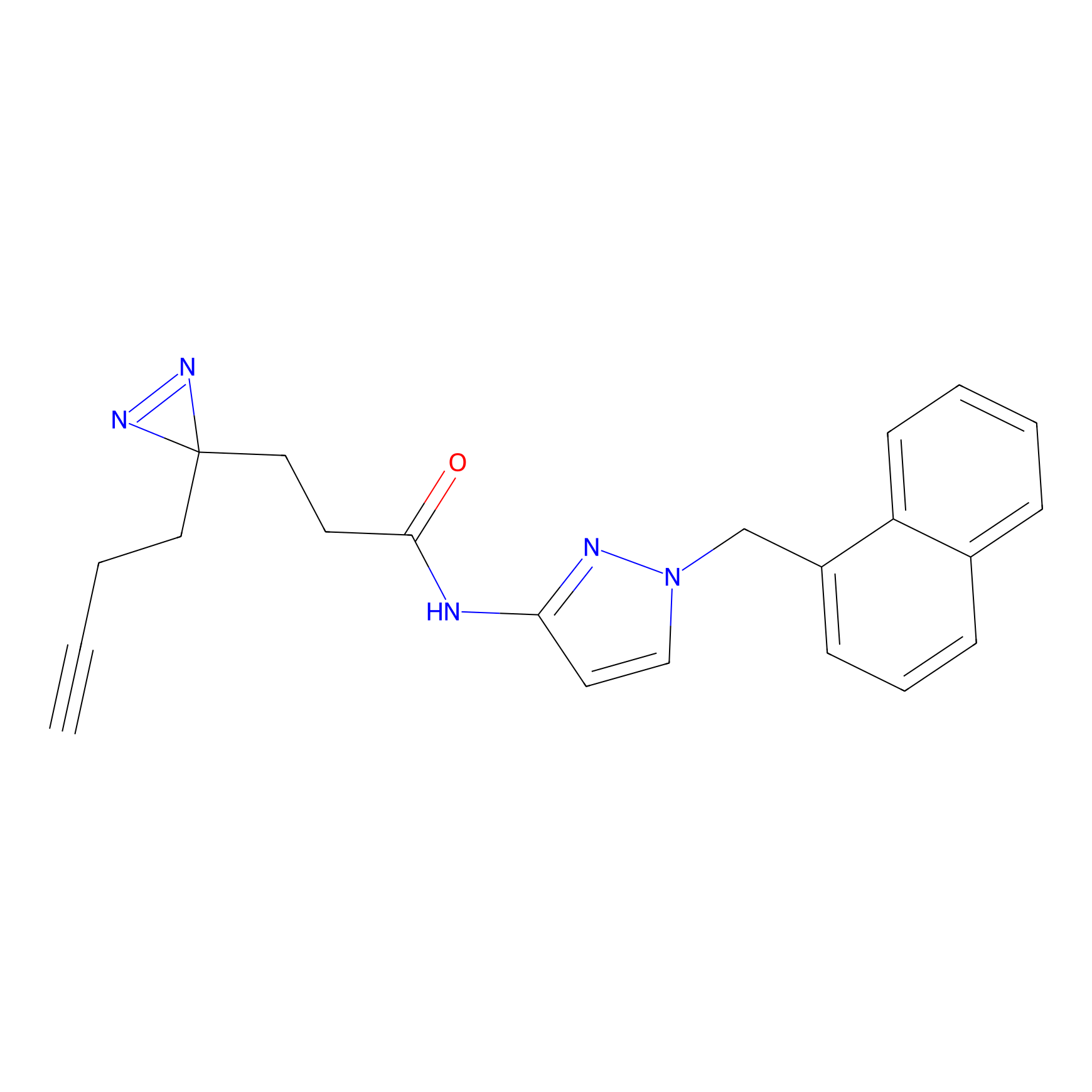 |
18.51 | LDD1783 | [5] | |
|
C094 Probe Info |
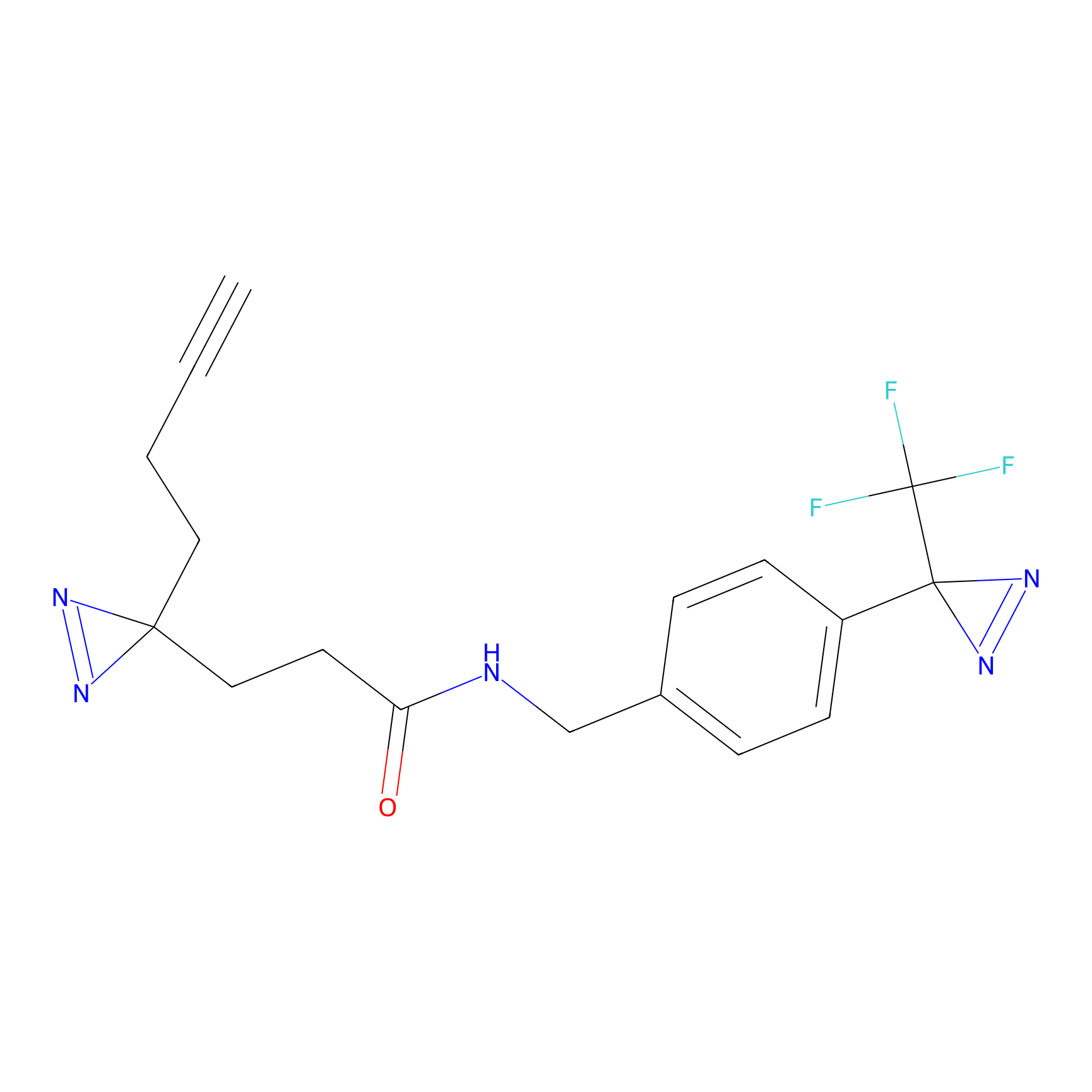 |
47.18 | LDD1785 | [5] | |
|
C106 Probe Info |
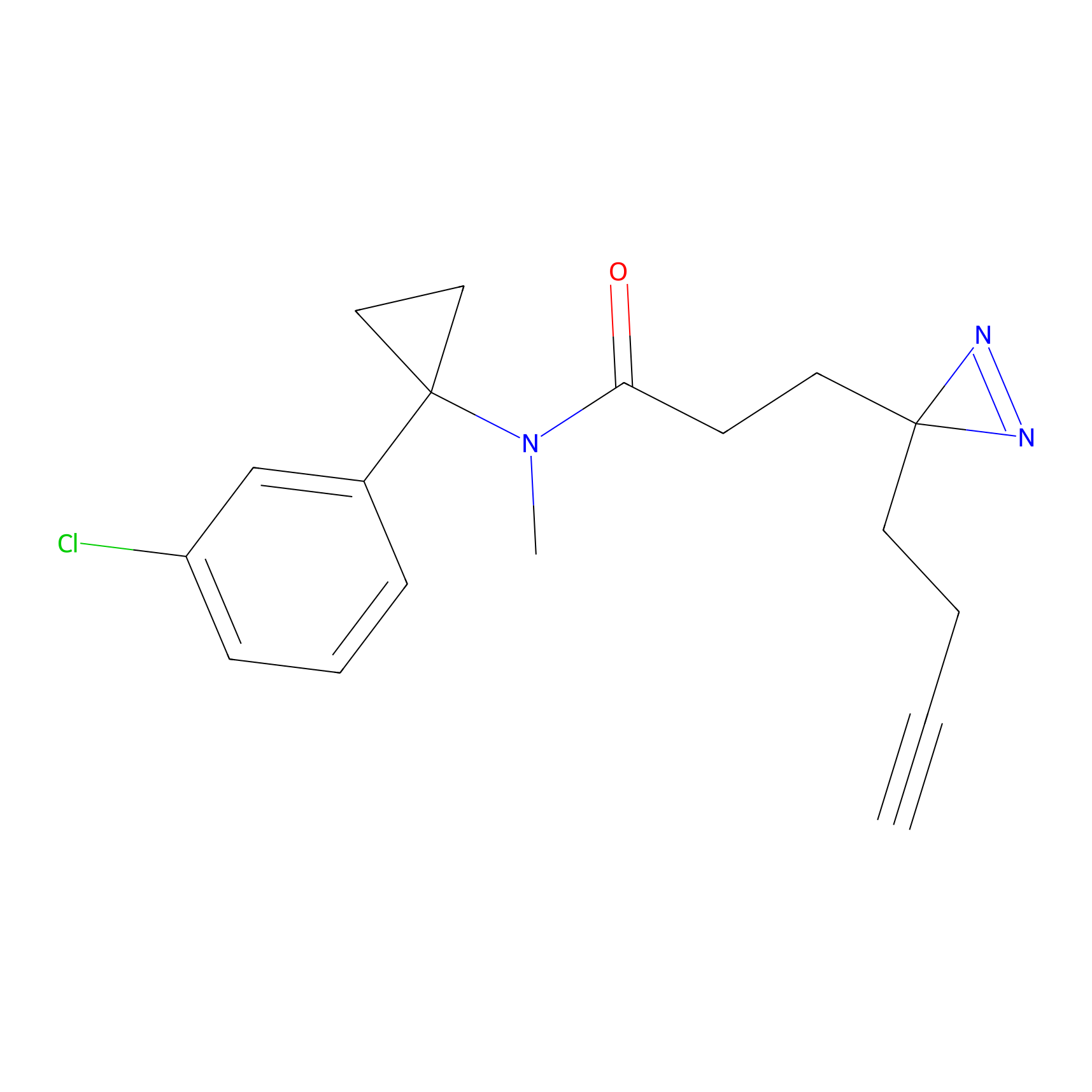 |
24.25 | LDD1793 | [5] | |
|
C107 Probe Info |
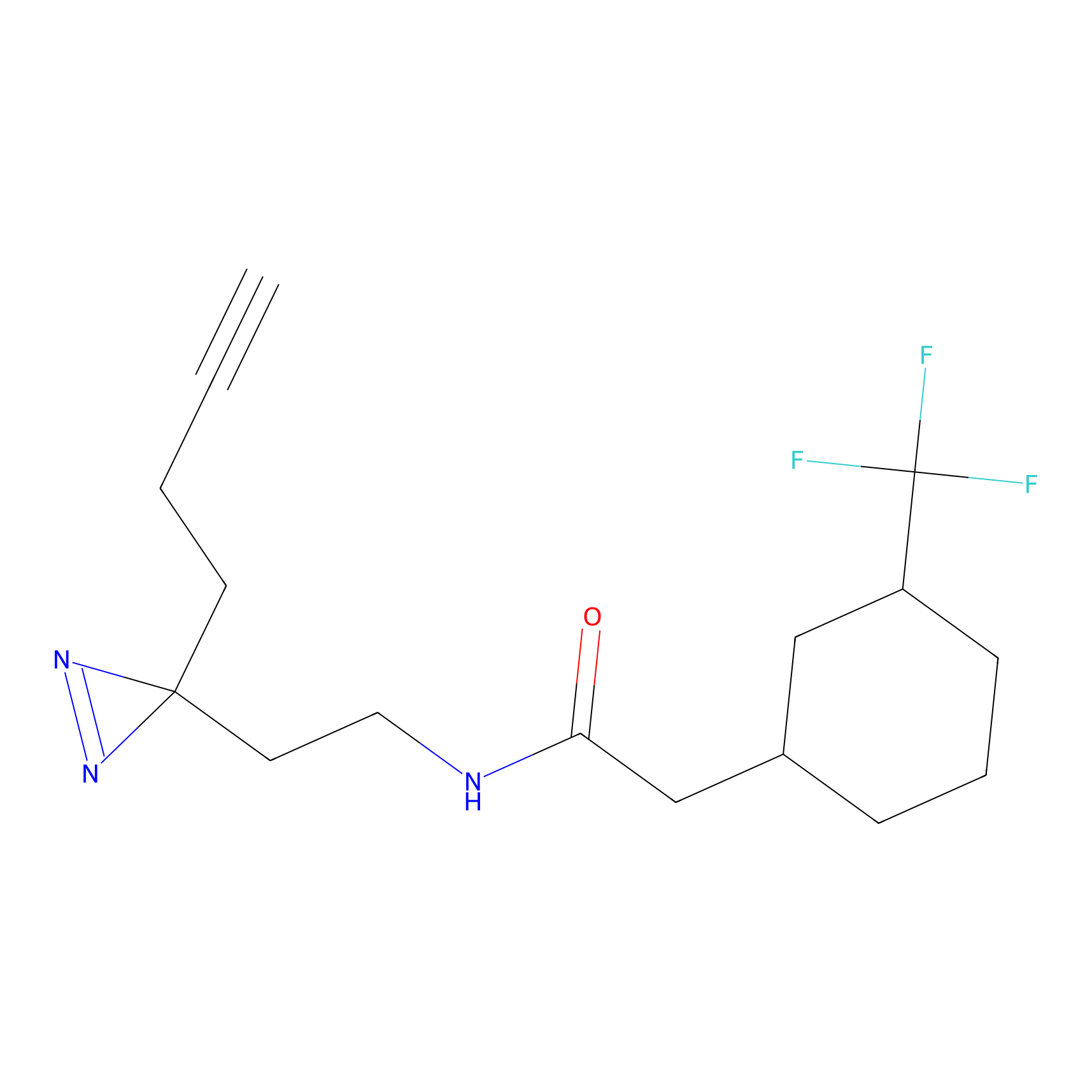 |
6.77 | LDD1794 | [5] | |
|
C108 Probe Info |
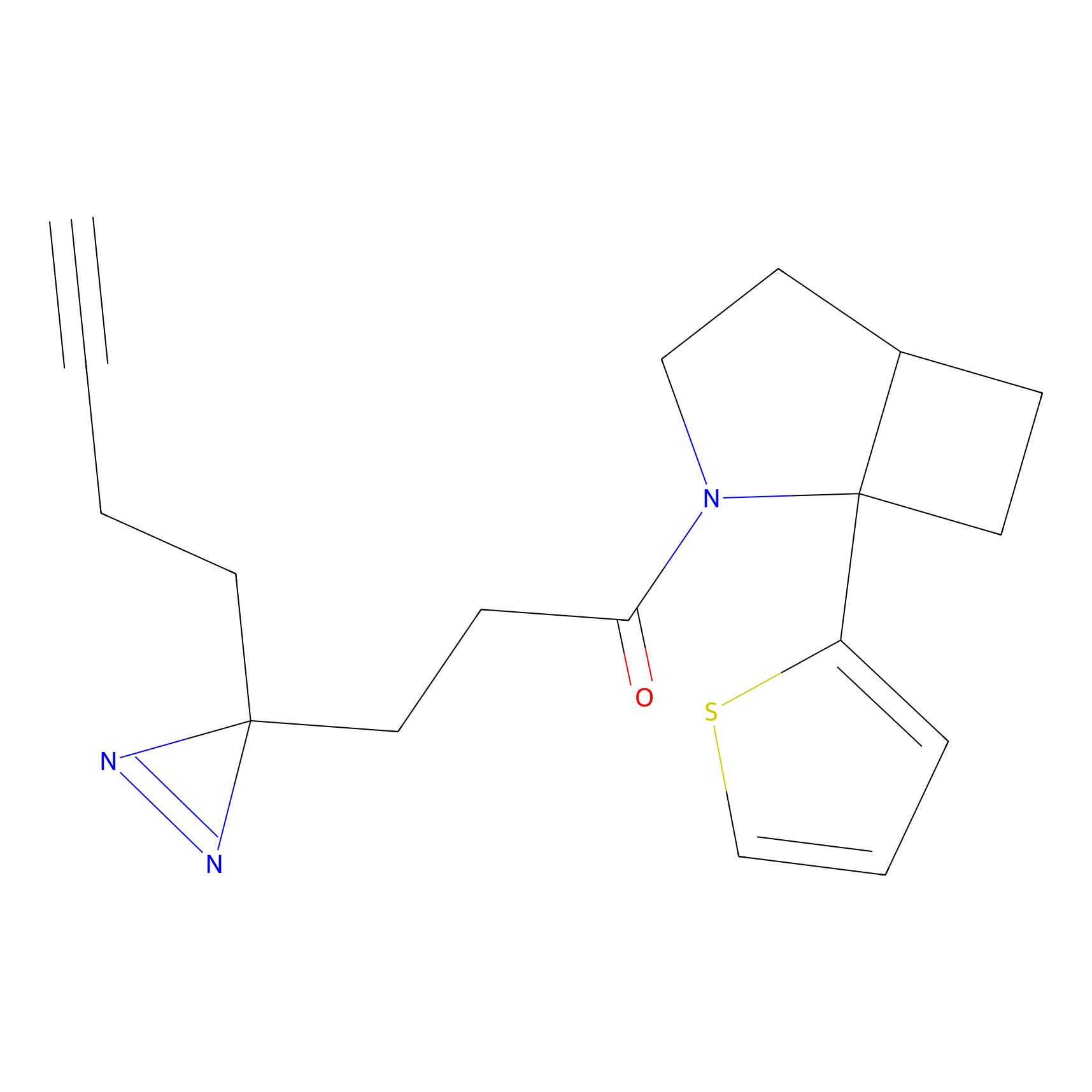 |
10.13 | LDD1795 | [5] | |
|
C112 Probe Info |
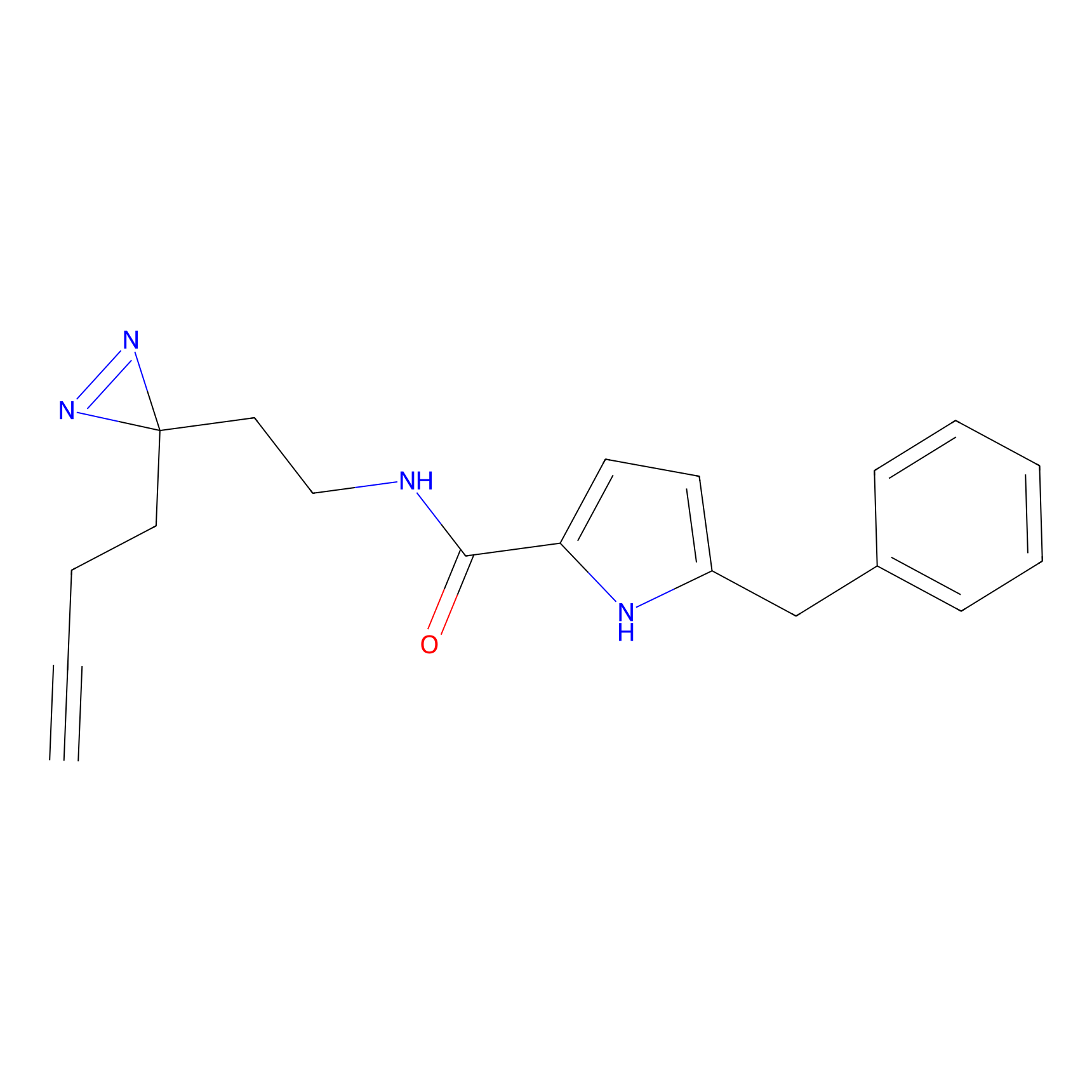 |
27.67 | LDD1799 | [5] | |
|
C134 Probe Info |
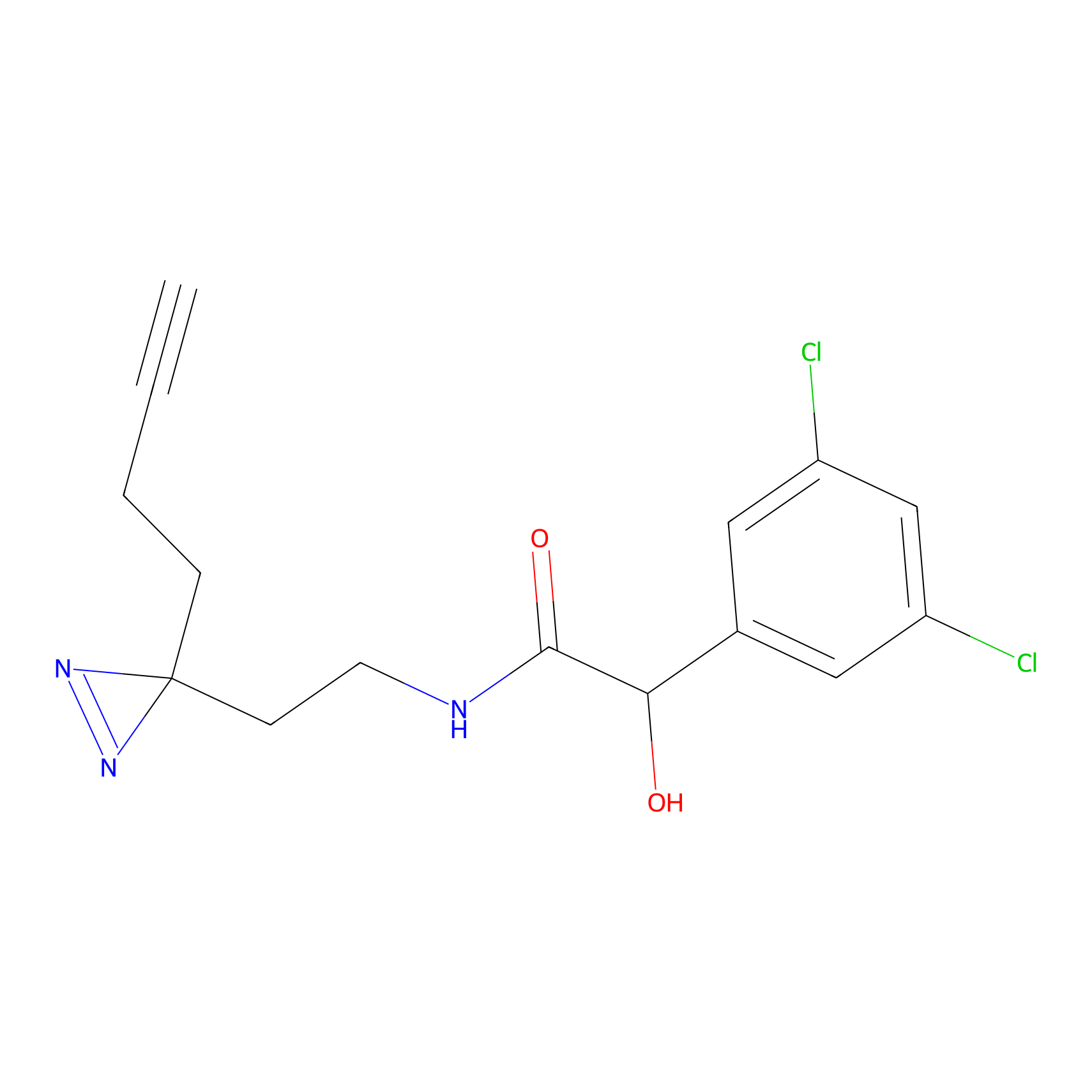 |
24.93 | LDD1816 | [5] | |
|
C135 Probe Info |
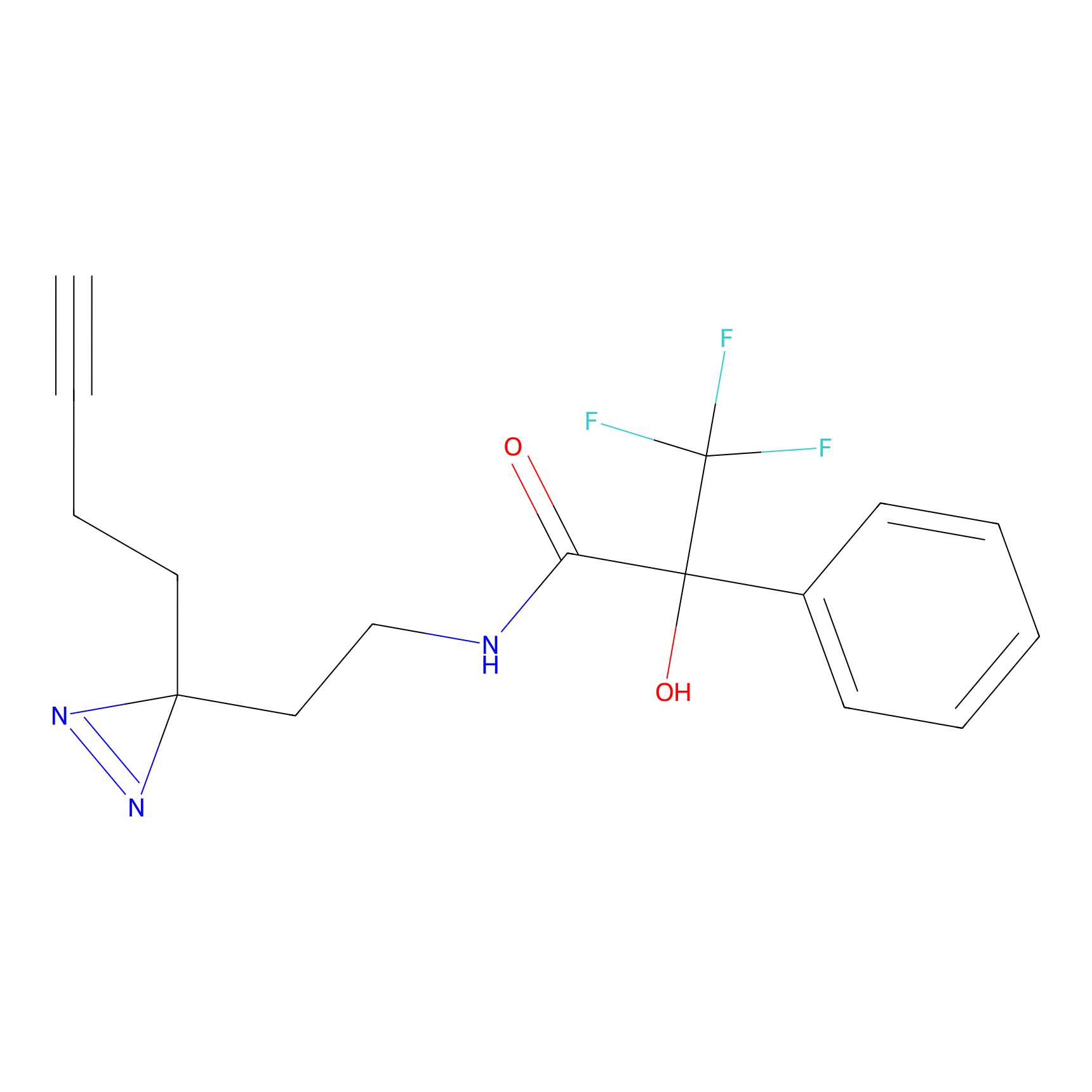 |
10.41 | LDD1817 | [5] | |
|
C143 Probe Info |
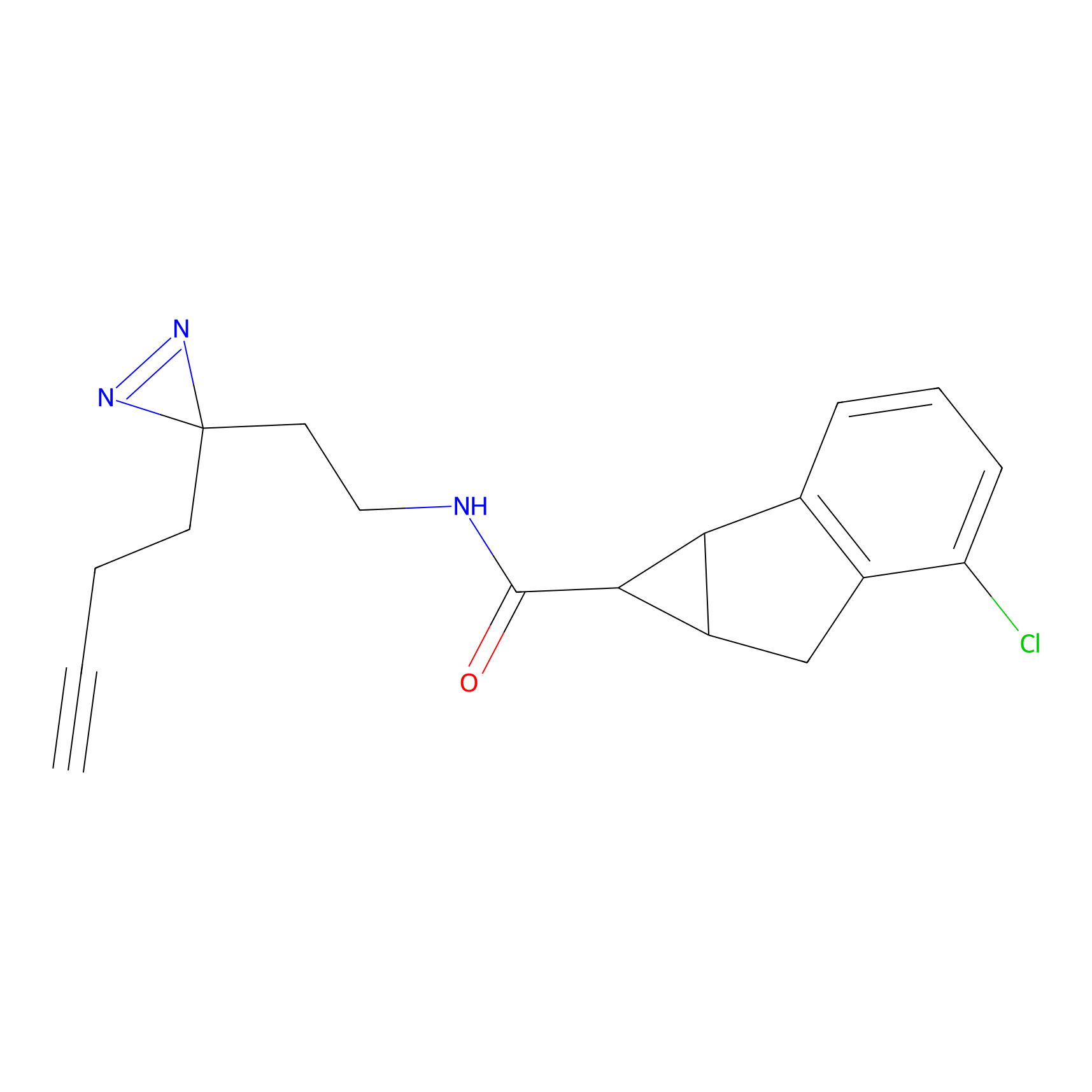 |
14.03 | LDD1825 | [5] | |
|
C153 Probe Info |
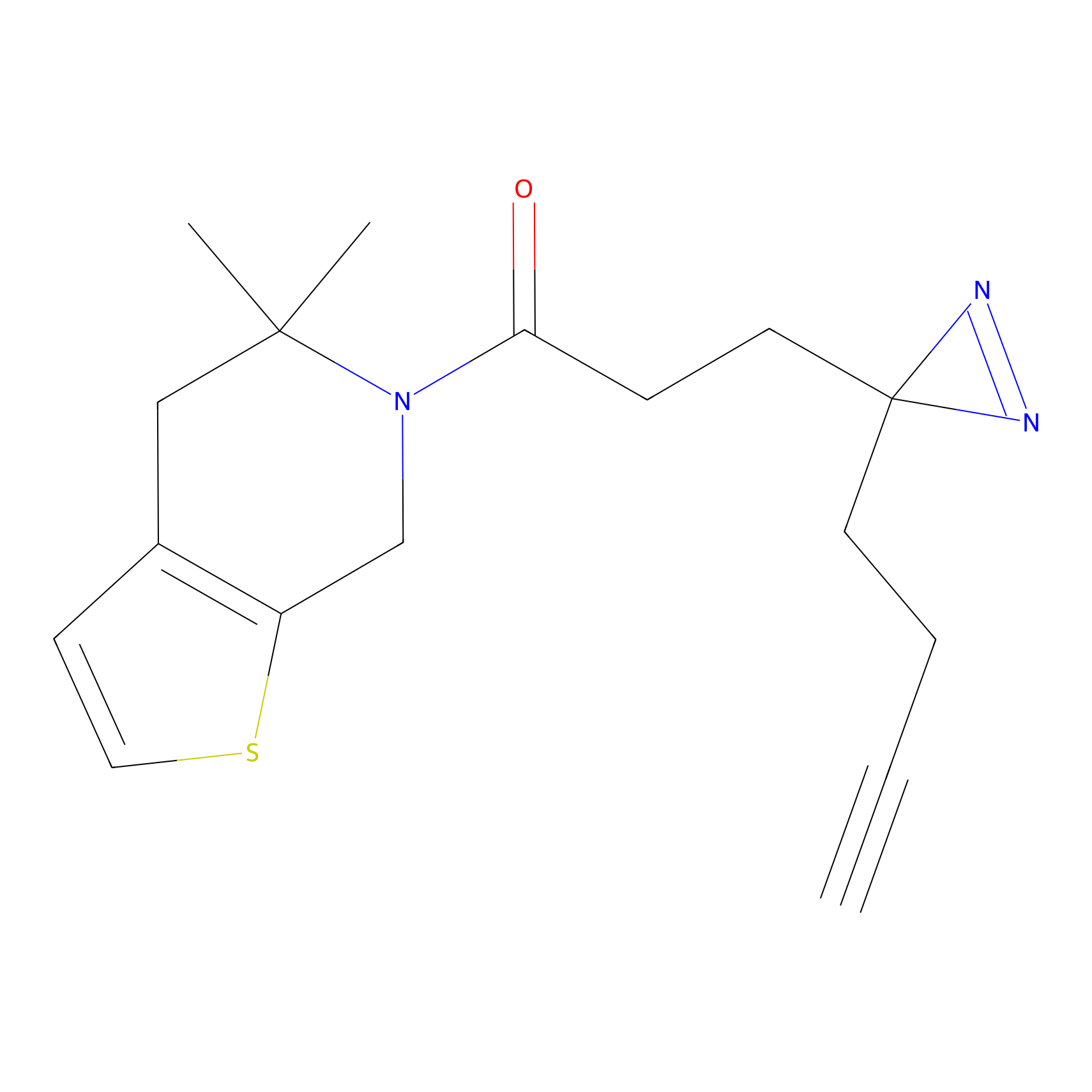 |
23.75 | LDD1834 | [5] | |
|
C161 Probe Info |
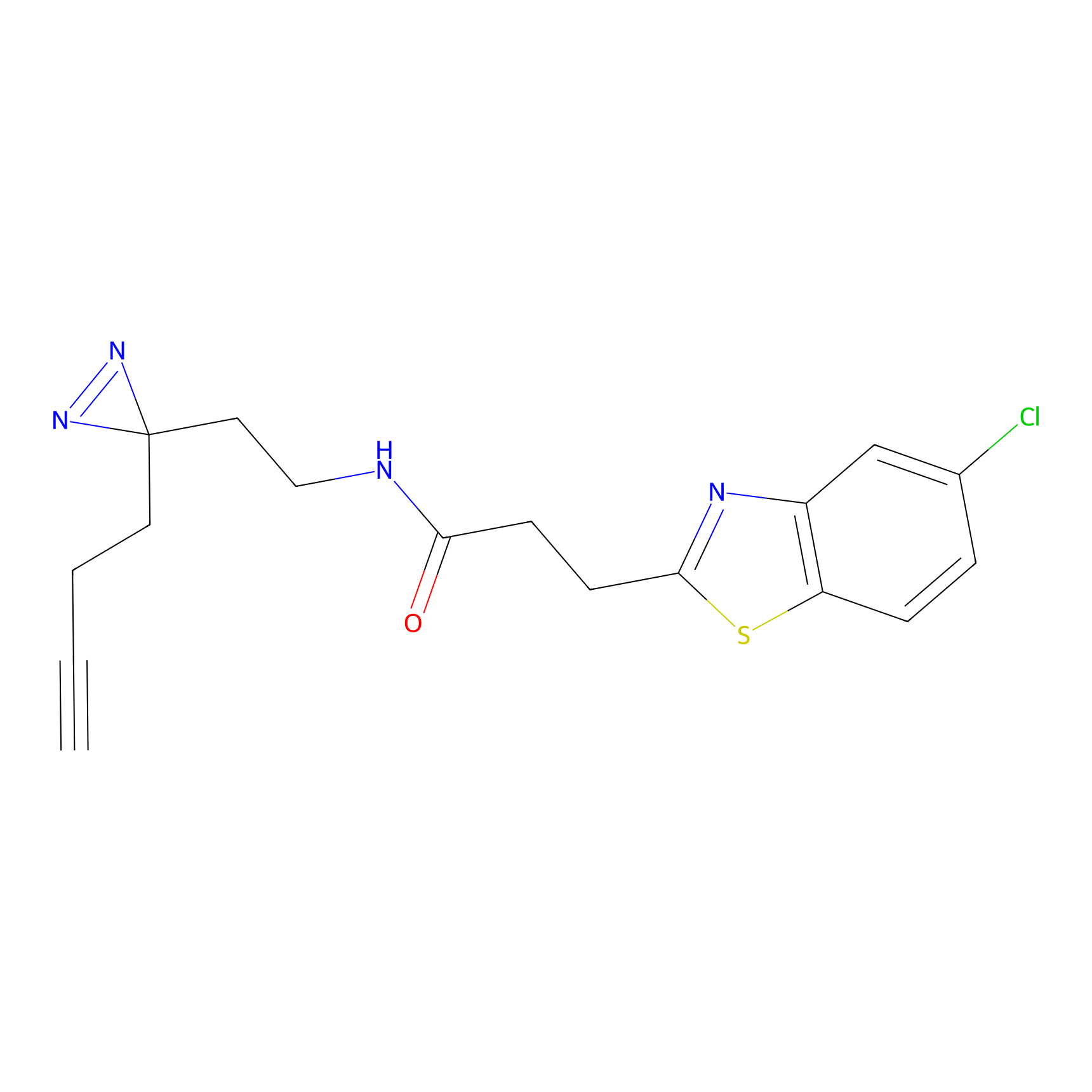 |
11.16 | LDD1841 | [5] | |
|
C201 Probe Info |
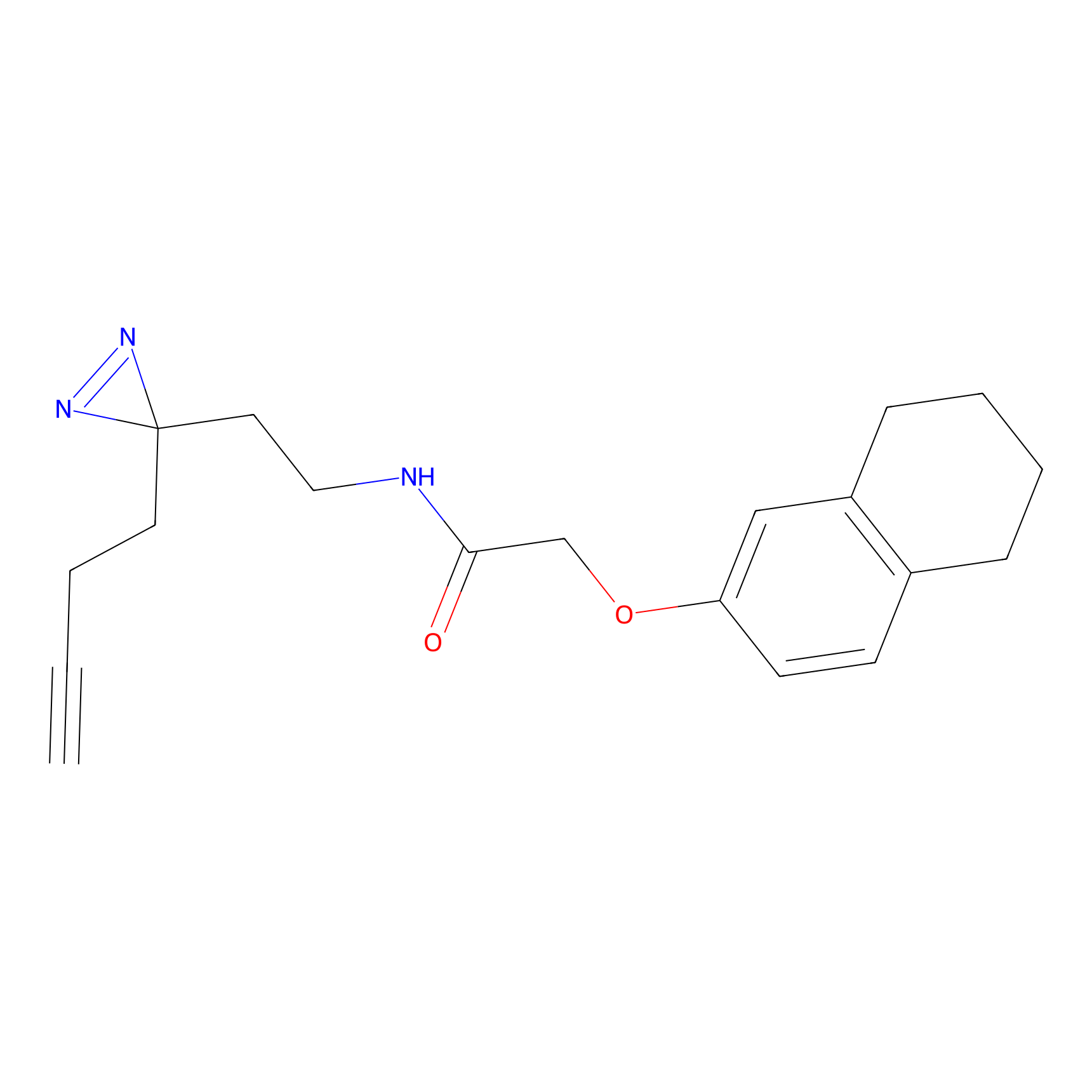 |
40.22 | LDD1877 | [5] | |
|
C206 Probe Info |
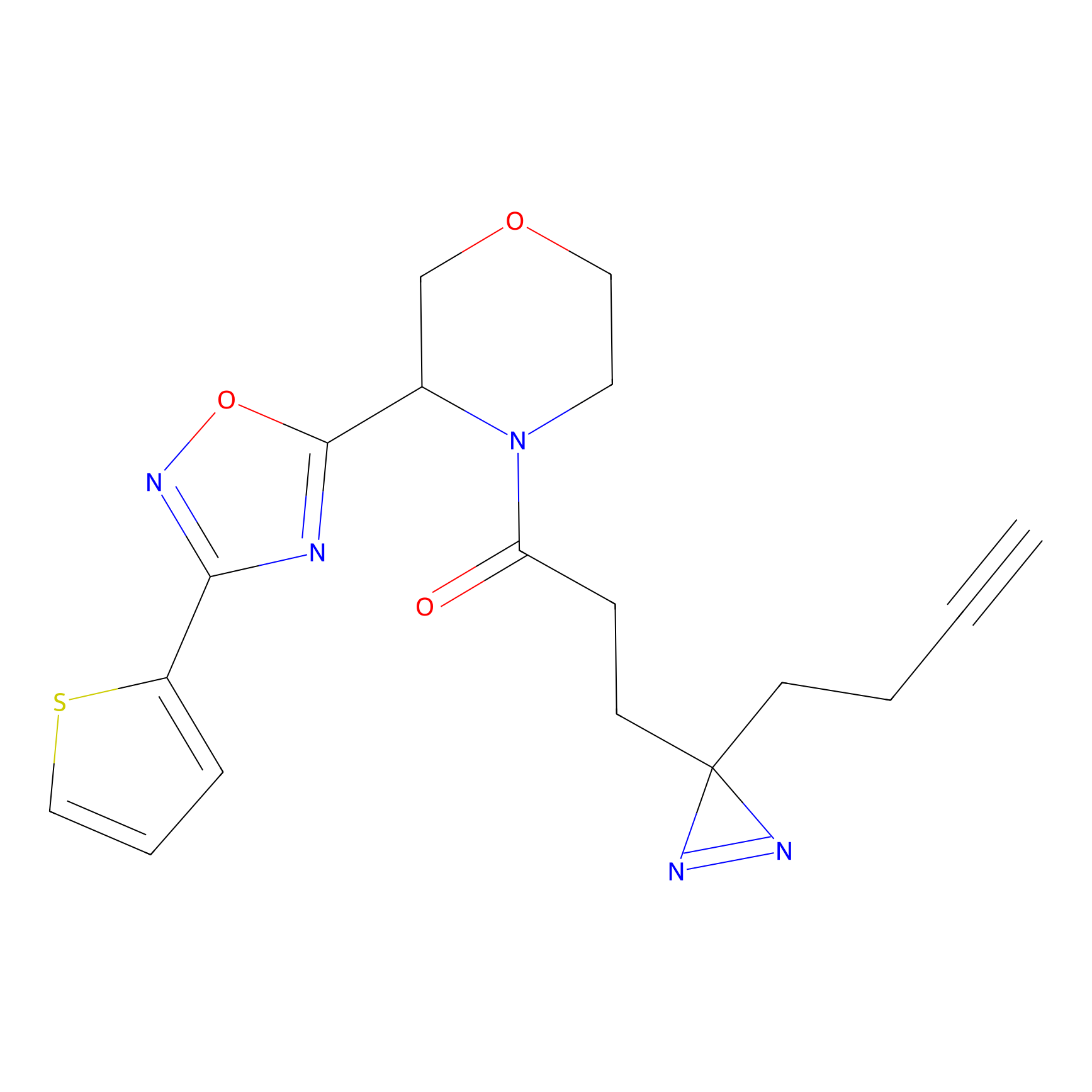 |
17.88 | LDD1881 | [5] | |
|
C220 Probe Info |
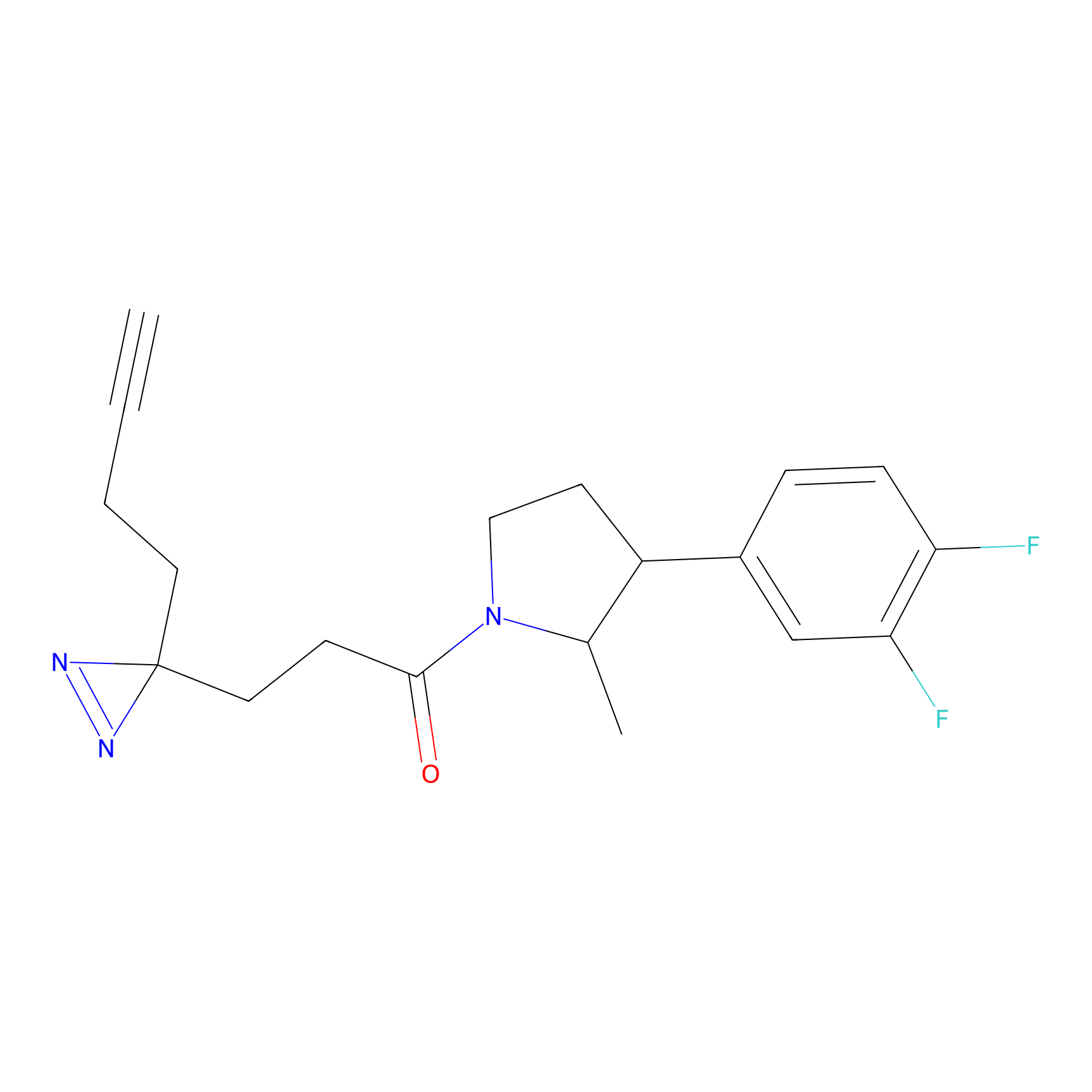 |
20.11 | LDD1894 | [5] | |
|
C252 Probe Info |
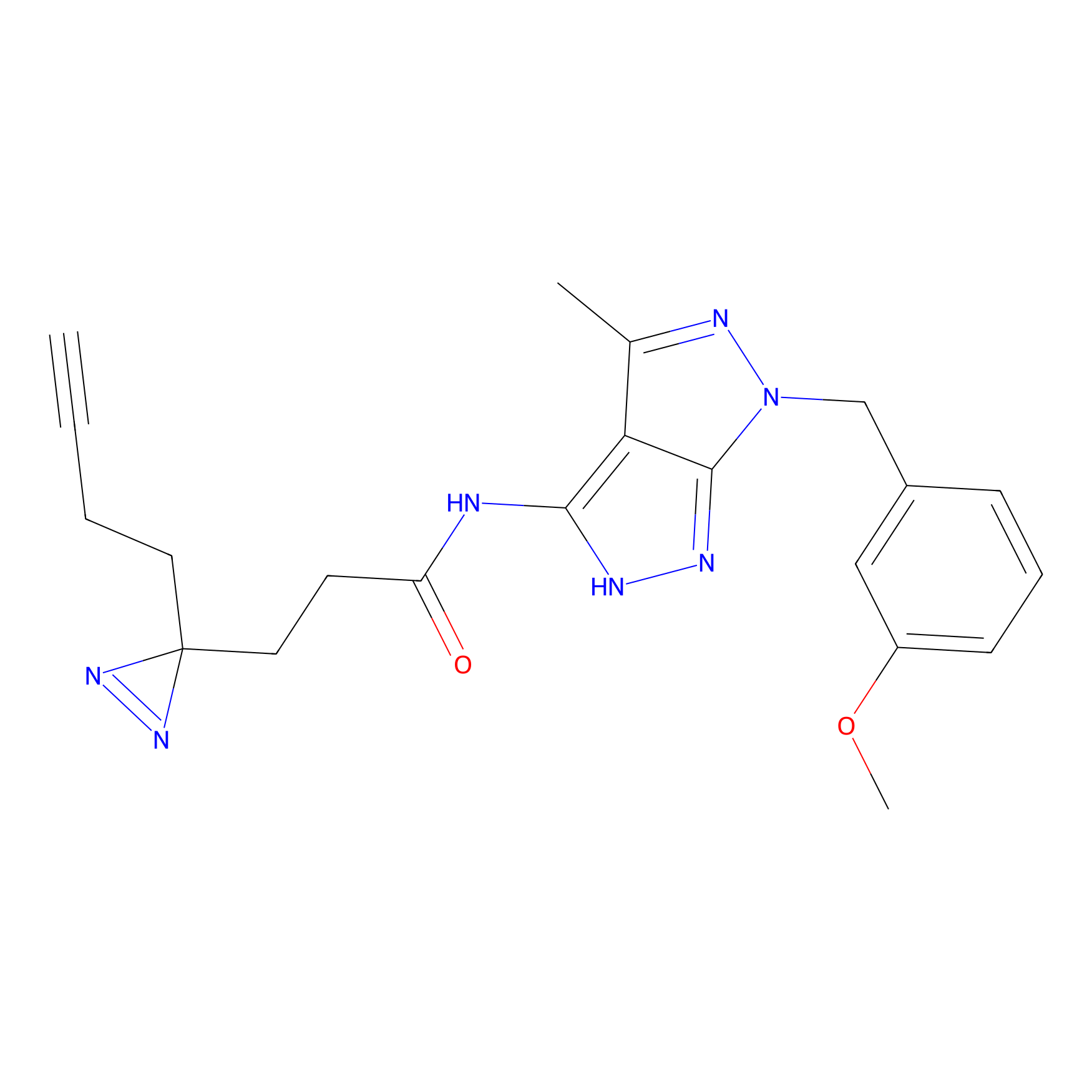 |
13.00 | LDD1925 | [5] | |
|
C314 Probe Info |
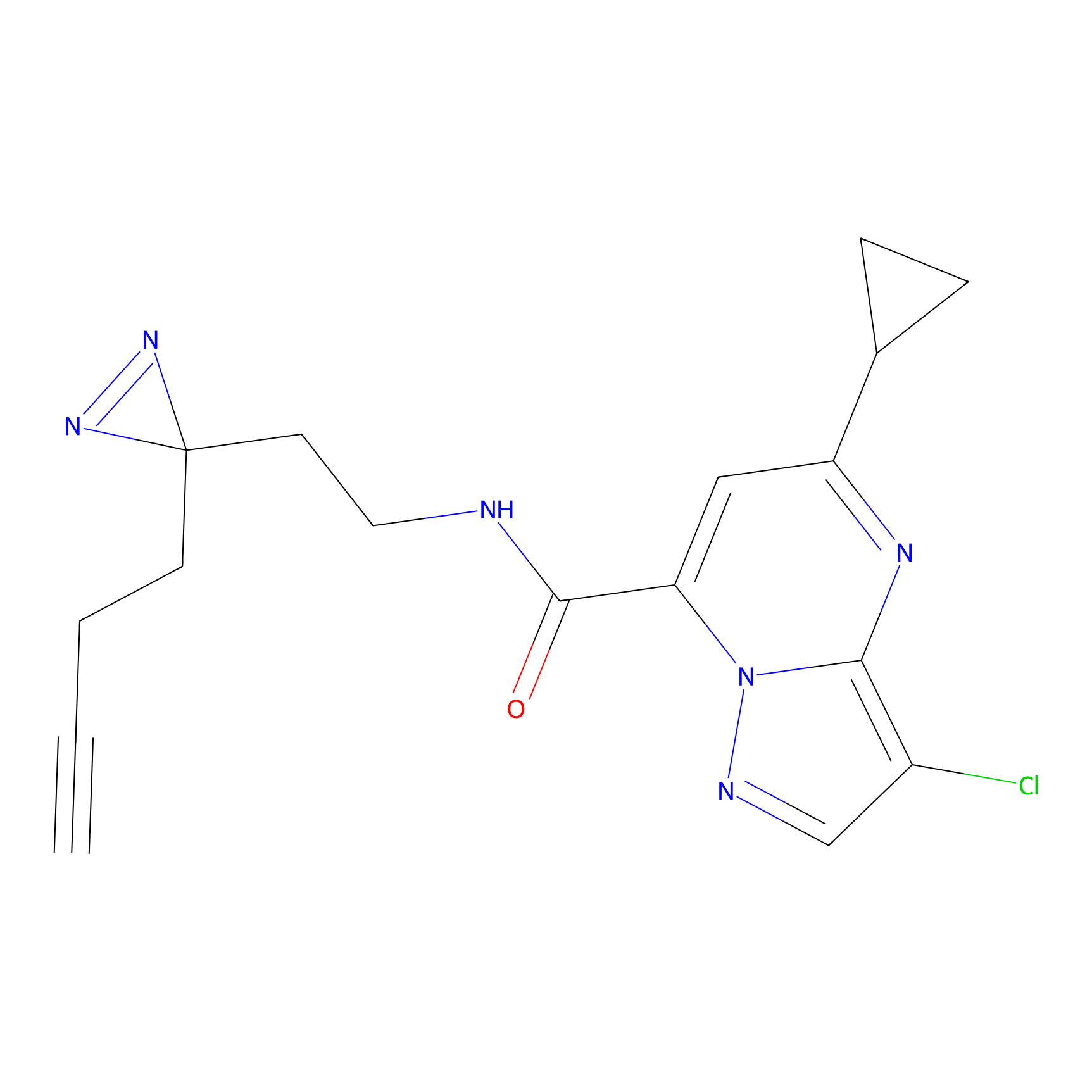 |
12.30 | LDD1981 | [5] | |
|
C349 Probe Info |
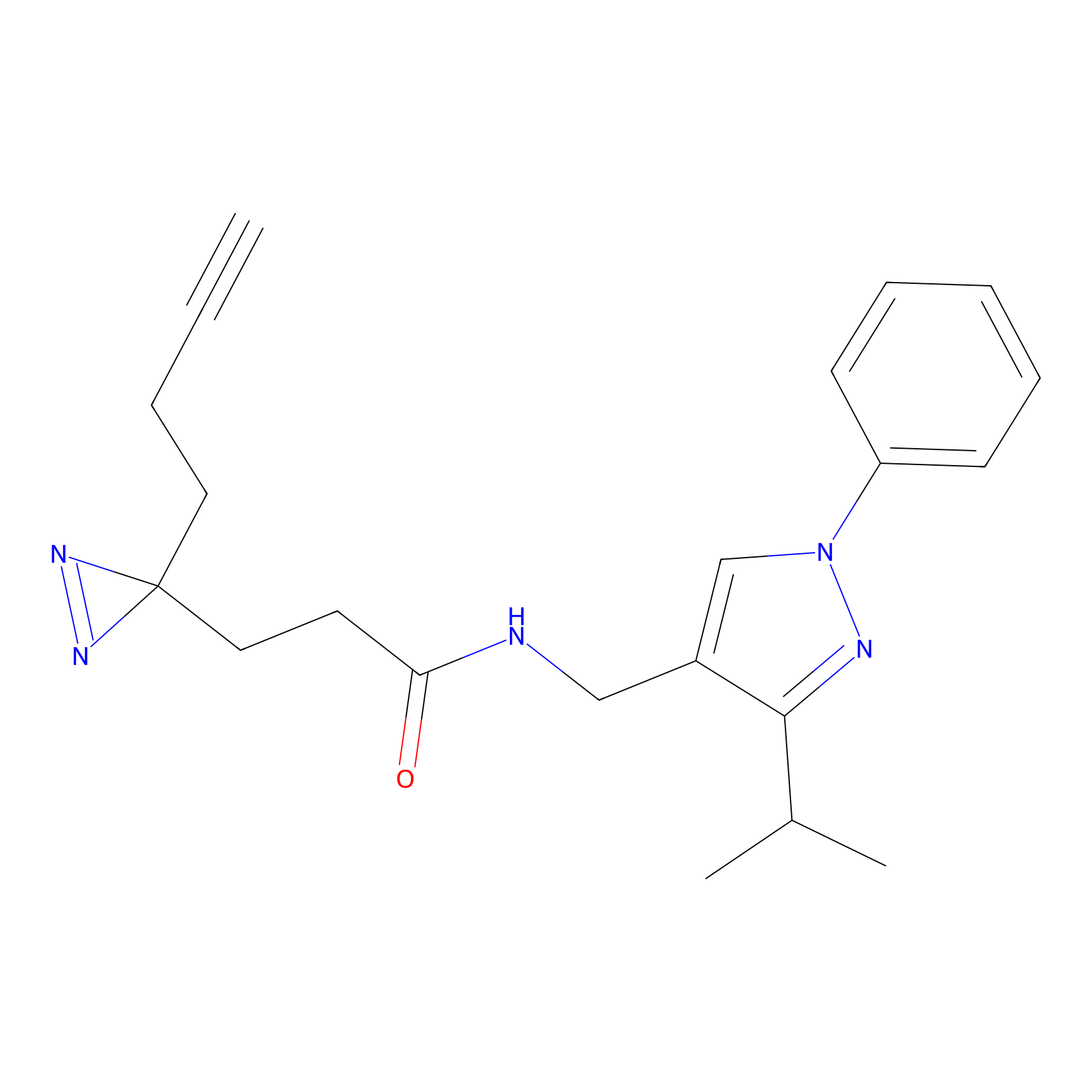 |
8.51 | LDD2010 | [5] | |
|
C355 Probe Info |
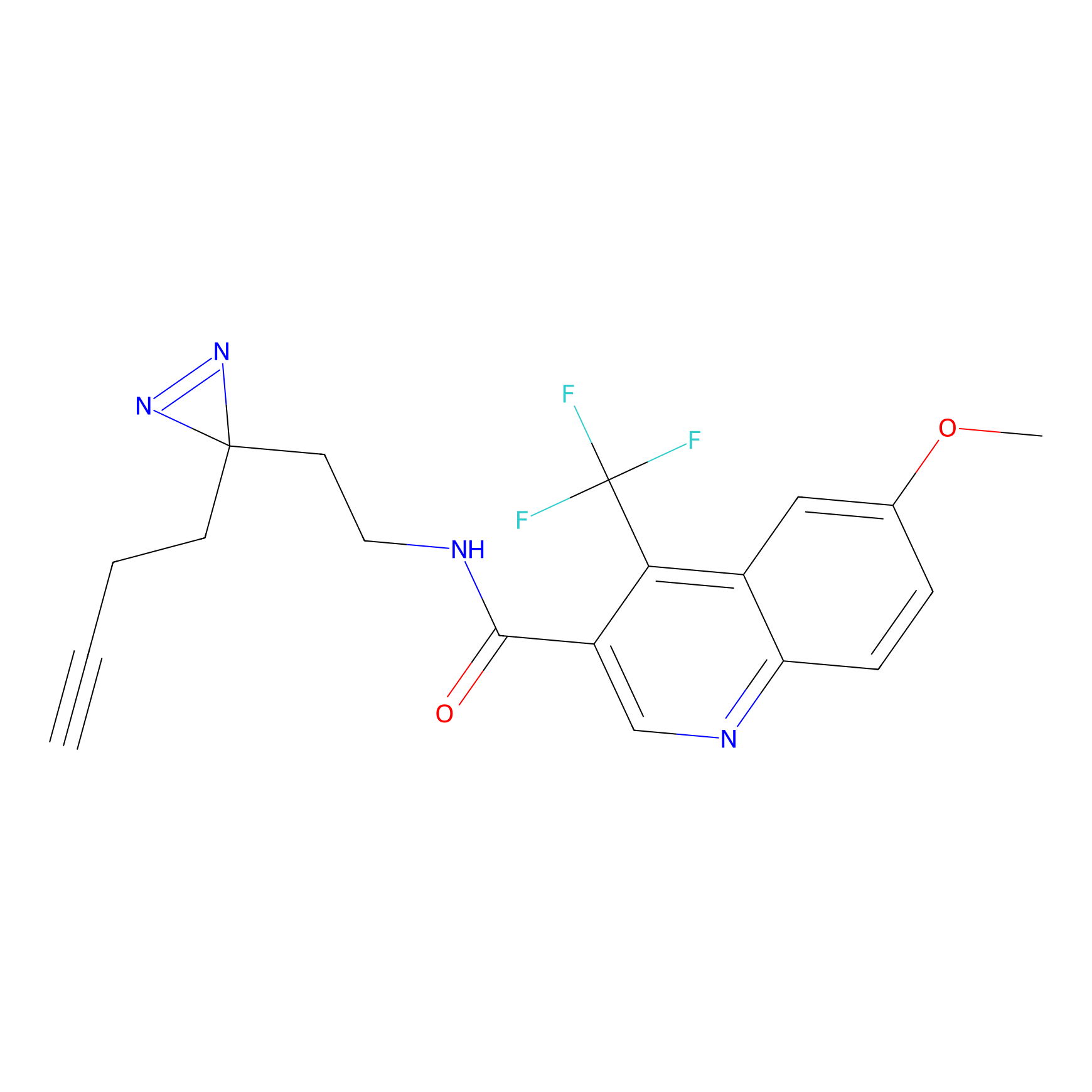 |
25.11 | LDD2016 | [5] | |
|
C362 Probe Info |
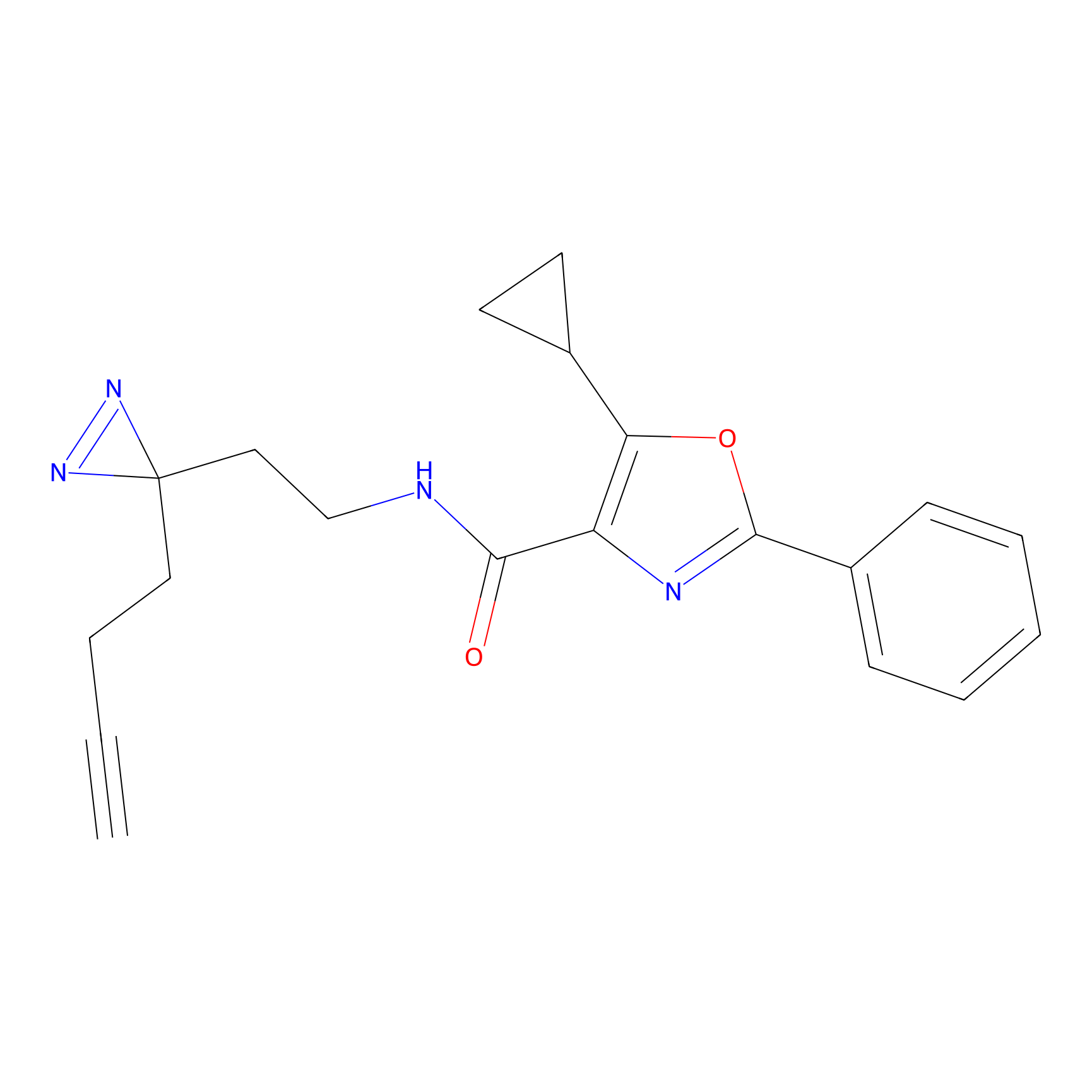 |
31.56 | LDD2023 | [5] | |
|
C367 Probe Info |
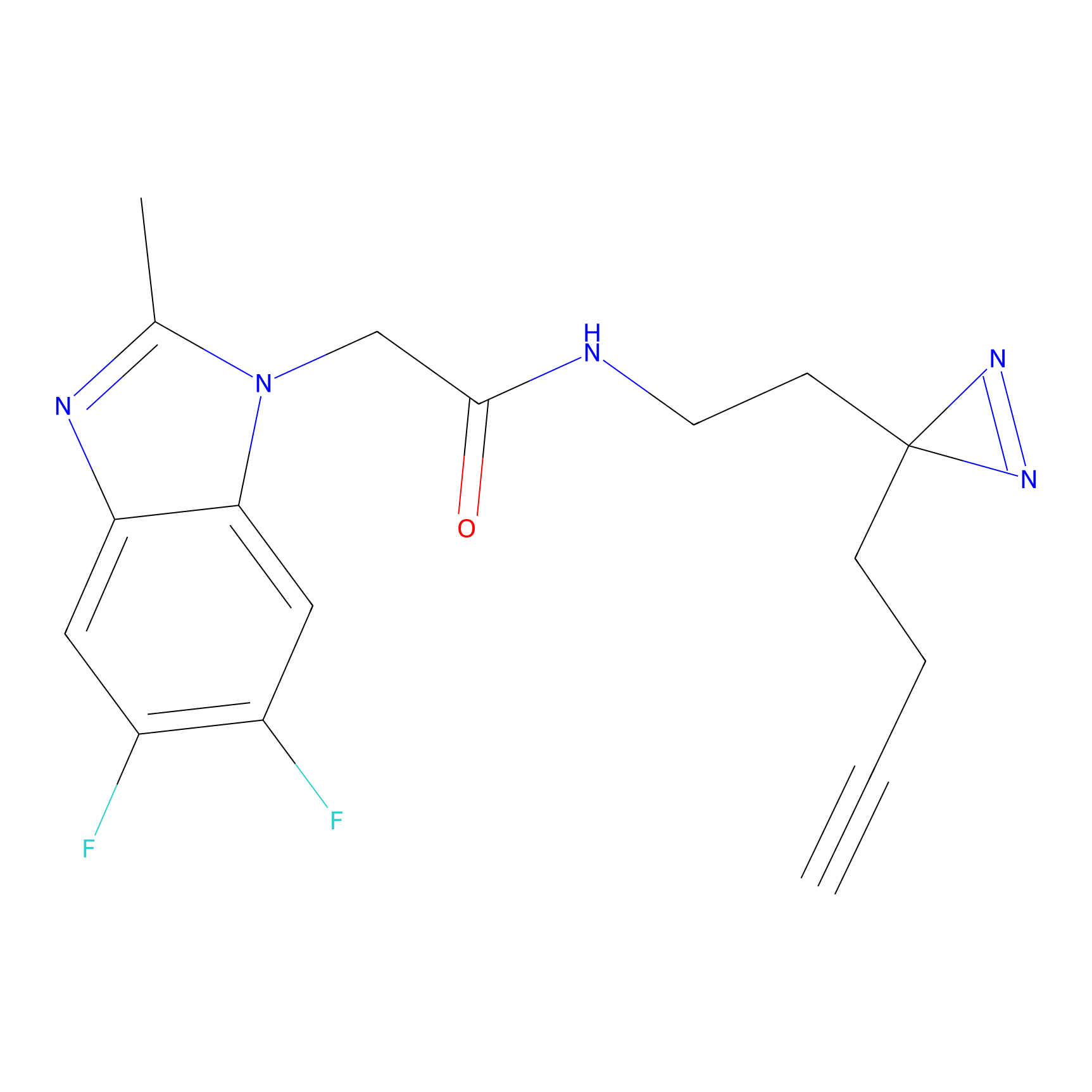 |
6.28 | LDD2028 | [5] | |
|
C383 Probe Info |
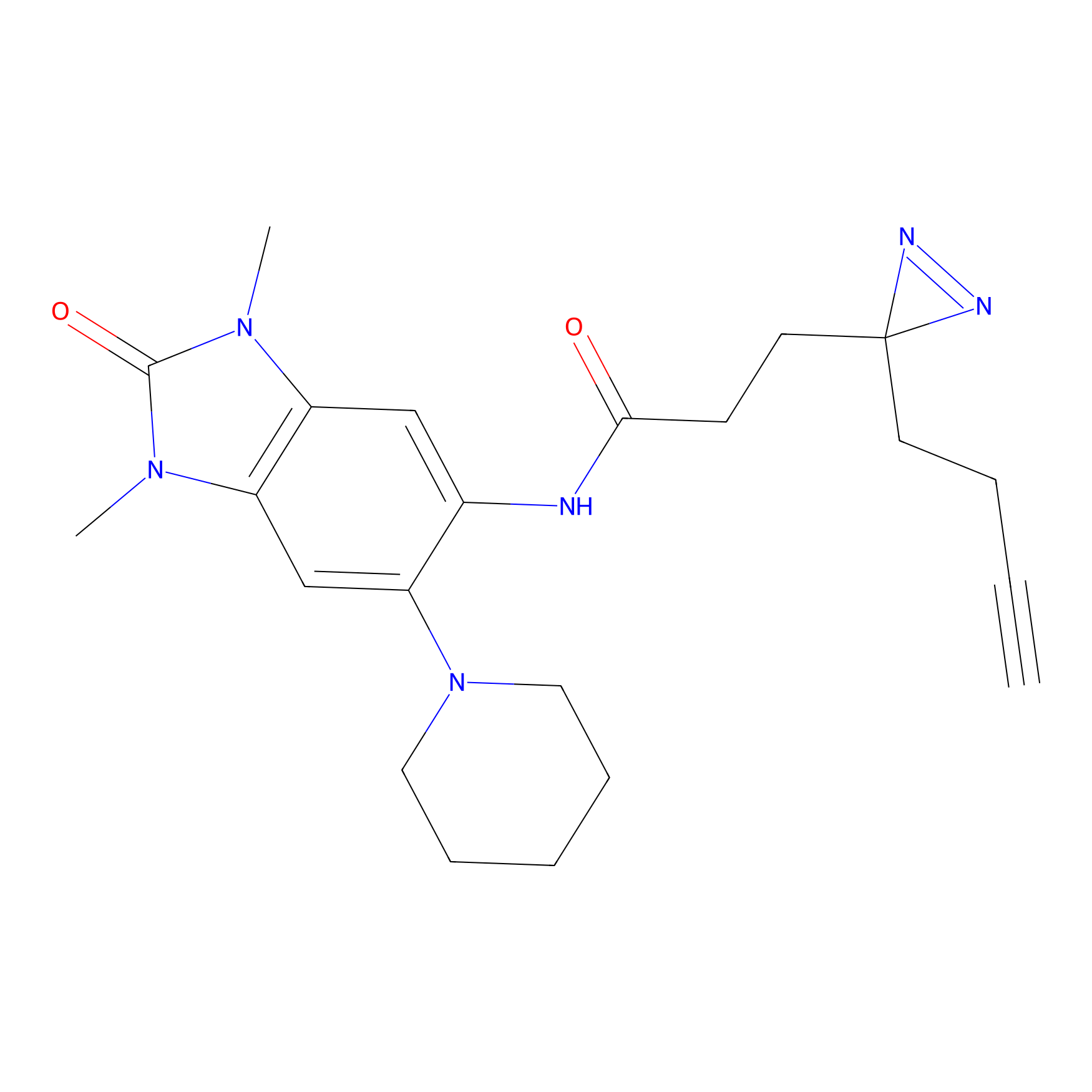 |
11.00 | LDD2042 | [5] | |
|
C388 Probe Info |
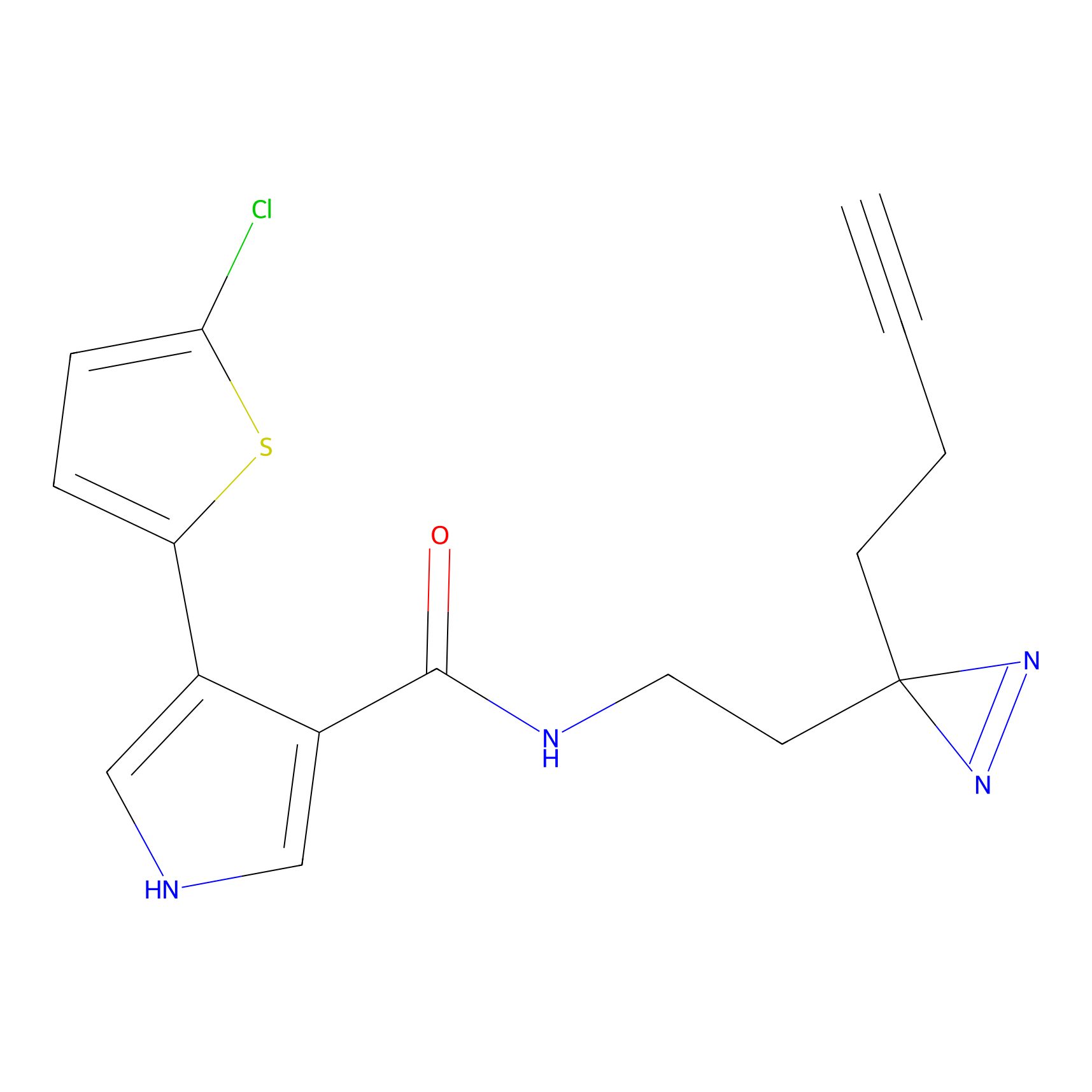 |
50.21 | LDD2047 | [5] | |
|
C407 Probe Info |
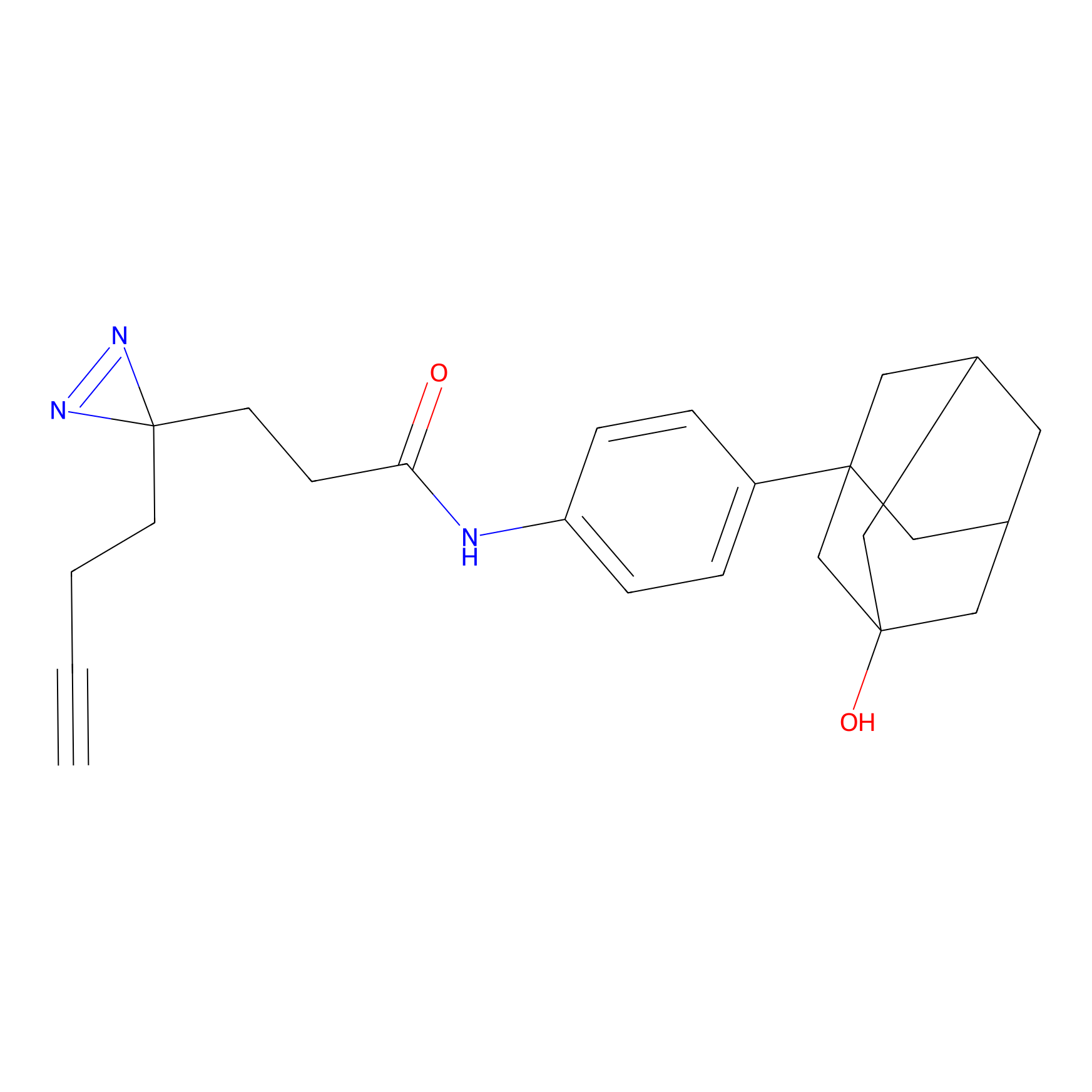 |
20.53 | LDD2064 | [5] | |
|
BD-F Probe Info |
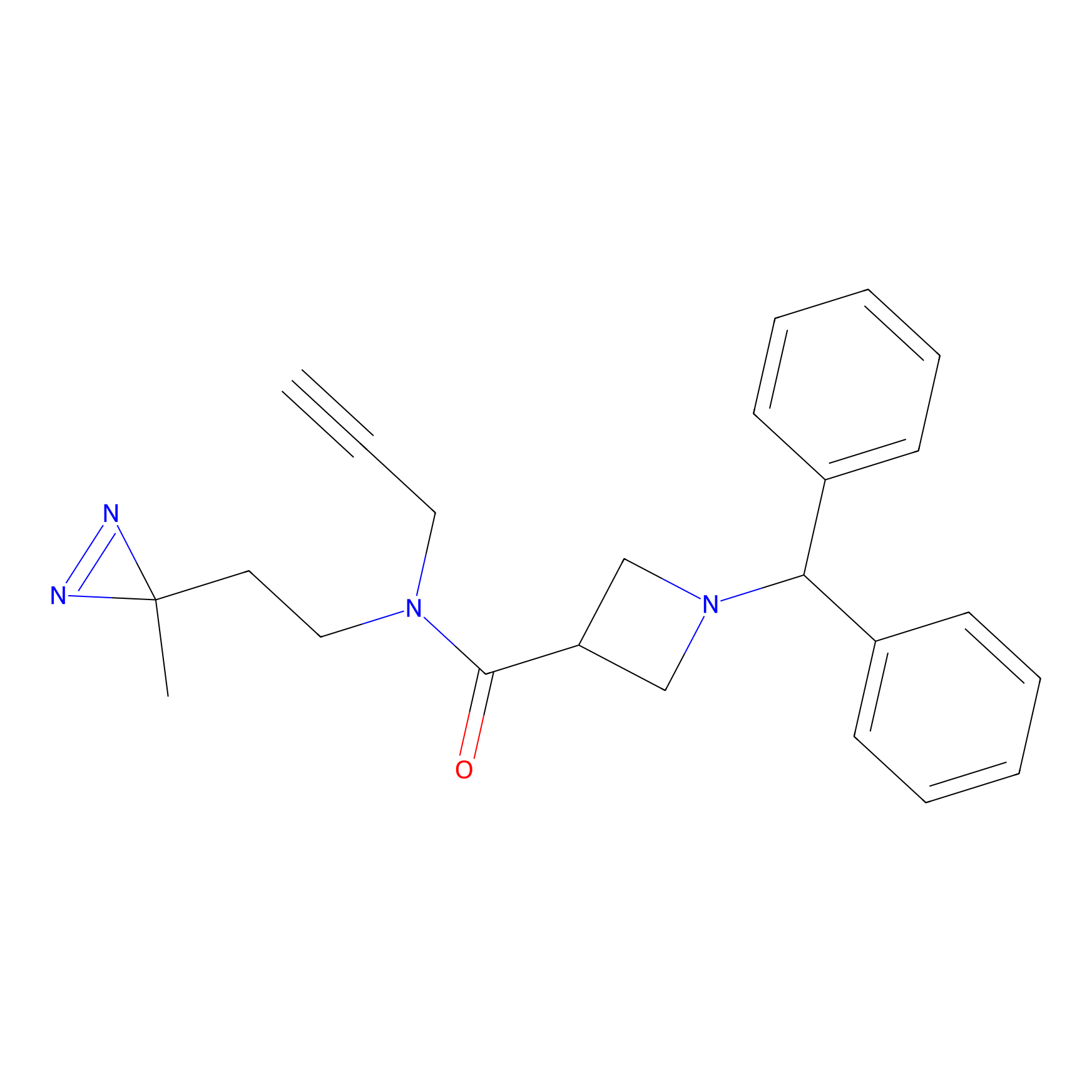 |
Y10(0.00); E9(0.00); L8(0.00) | LDD0024 | [6] | |
The Interaction Atlas With This Target
The Protein(s) Related To This Target
Enzyme
| Protein name | Family | Uniprot ID | |||
|---|---|---|---|---|---|
| Tyrosine-protein phosphatase non-receptor type 9 (PTPN9) | Protein-tyrosine phosphatase family | P43378 | |||
Transporter and channel
| Protein name | Family | Uniprot ID | |||
|---|---|---|---|---|---|
| FXYD domain-containing ion transport regulator 6 (FXYD6) | FXYD family | Q9H0Q3 | |||
Other
References
